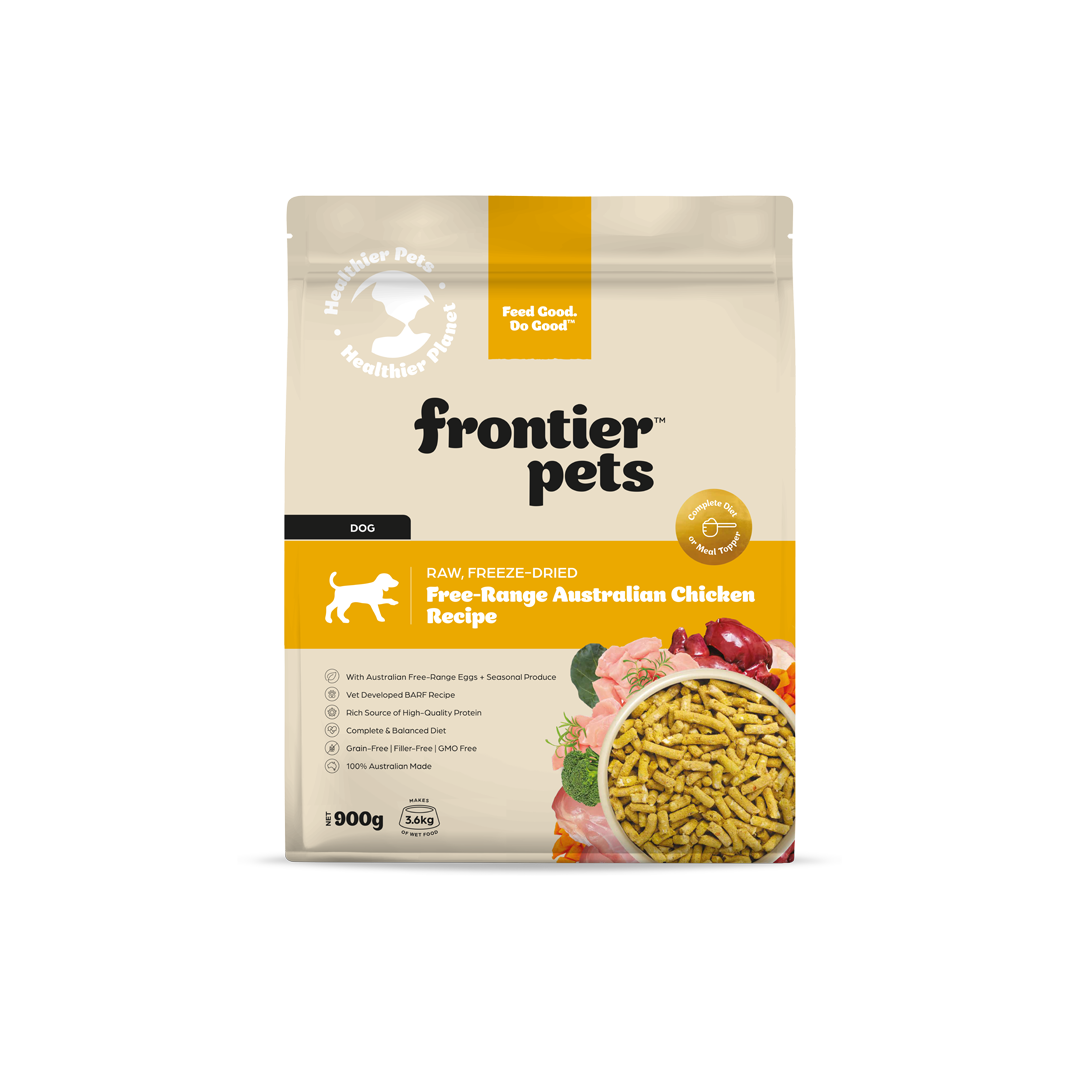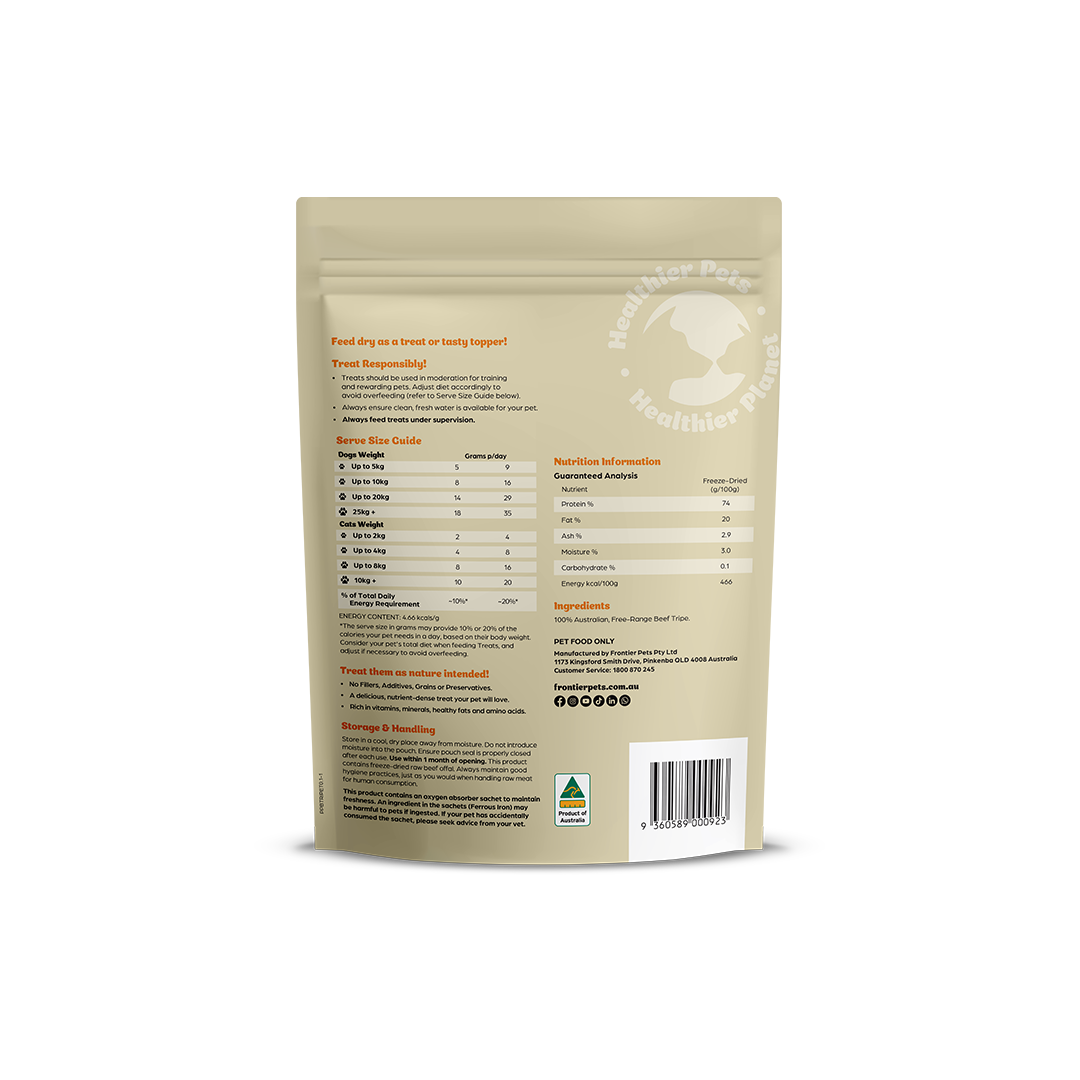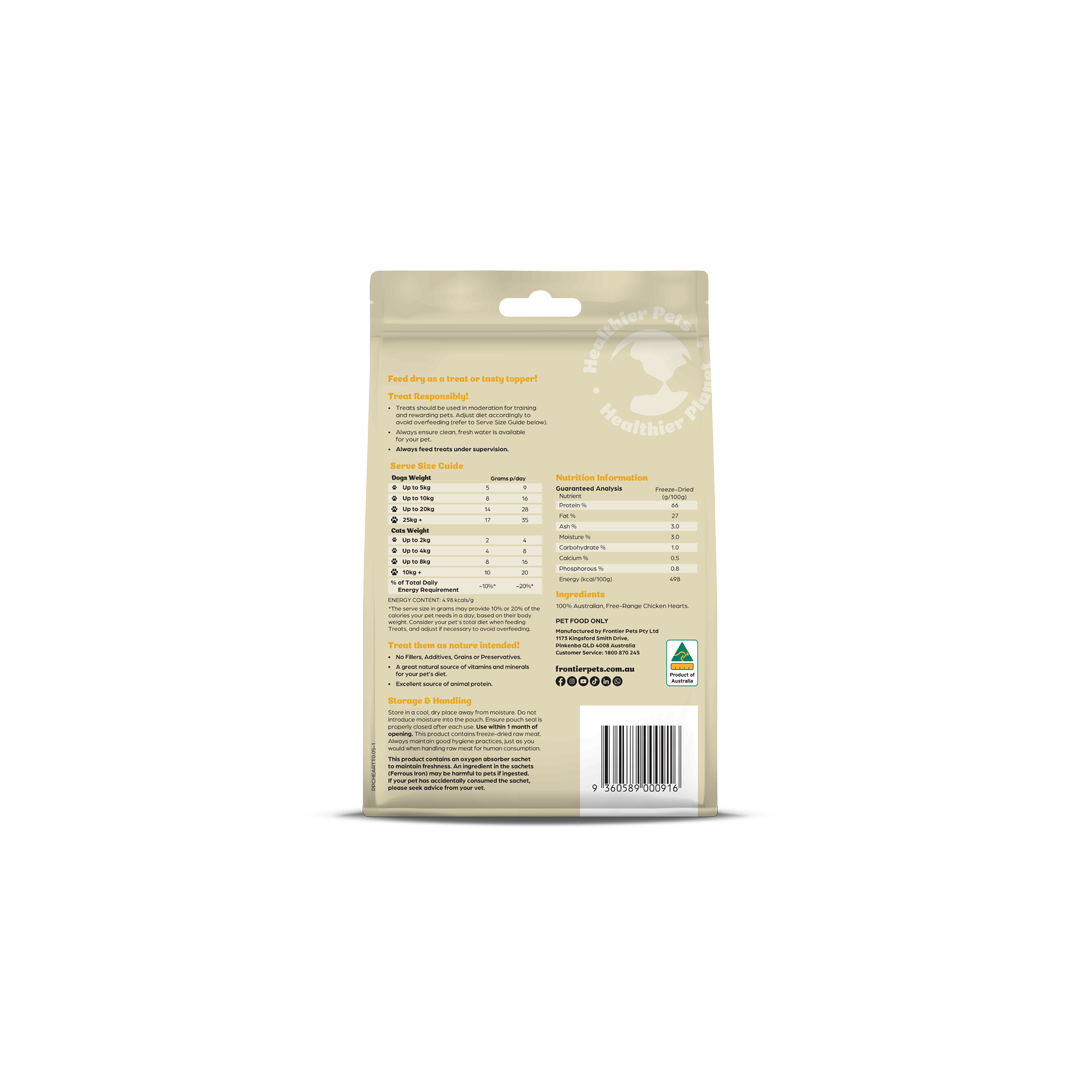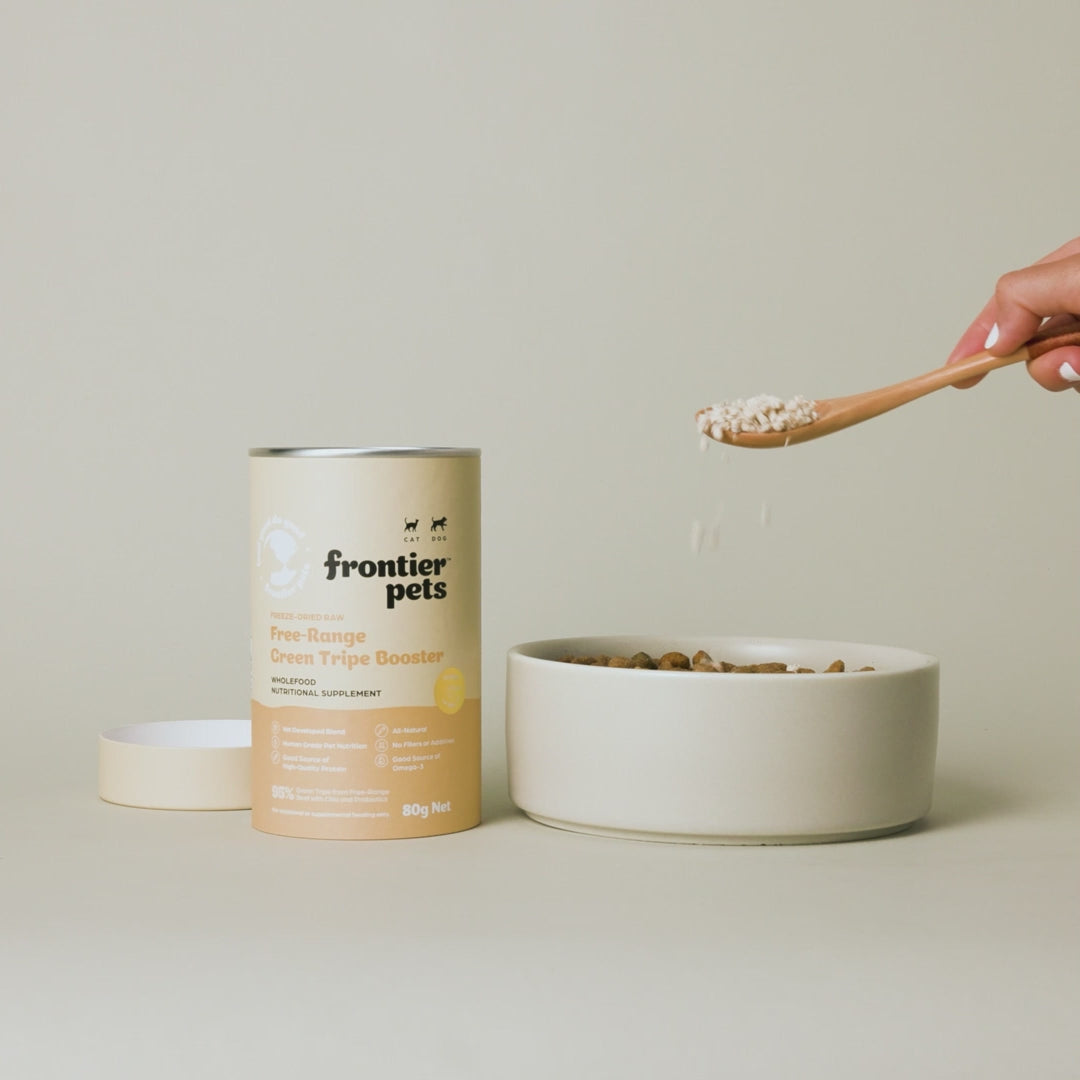Best Sellers Dogs







Frequently Asked Questions
The amount you should feed your dog depends on factors like age, weight, activity level, and breed. Generally, following the feeding guidelines on our food packaging and adjusting as needed based on your dog's individual needs is recommended.
To ensure your pet receives the optimal amount of nutrition, we recommend using our dog feeding calculator. Our calculator factors in your pet's age, breed, and activity level to provide a serving recommendation specific to our freeze-dried food.
Since our freeze-dried food offers a different nutrient profile than kibble or cooked food, using our calculator will provide the most accurate serving size for your pet's health and well-being.
Grain-free pet food excludes ingredients like wheat, corn, and rice. Instead, it focuses on protein sources like meat, fish, and eggs. These diets often incorporate fruits and vegetables for additional nutrients.
For cats, who are obligate carnivores, meaning they derive most of their nutrients from animal protein. Grain-free diets can be a suitable option for cats, mimicking their natural prey and potentially promoting digestive health.
Absolutely! Just like for humans, the quality of your pet's food significantly impacts their overall health and well-being. High-quality pet food provides essential nutrients in the right proportions for your pet to thrive.
A balanced nutrition offers a complete and balanced blend of protein, fats, bones or calcium, healthy carbohydrates, vitamins, and minerals.
These nutrients are crucial for your pet's growth, development, and overall health.
While some pet foods may be more affordable, they might not provide the complete nutritional profile your pet needs. These foods may contain ingredients that are difficult to digest, potentially leading to occasional discomfort.





























